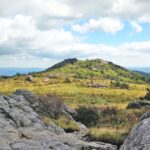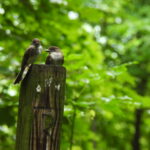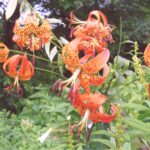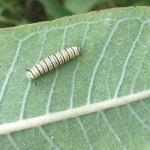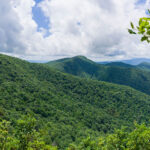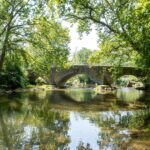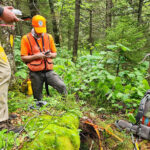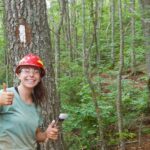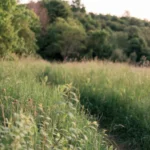Natural Resource Stewardship
Running primarily along the spine of the Appalachian Mountains, the A.T. traverses many peaks, ridges, valleys, streams, and rivers as it stretches north to south across 12° of latitude and through changes of over 6,500 feet in elevation. This topographically diverse landscape with its many microclimates is what makes the Appalachian Mountains highly resilient as well as the most important stronghold of biodiversity in eastern North America.
The Appalachian Trail Conservancy works to protect and restore the natural resources found within the nearly 370,000-acre corridor of protected A.T. lands so that they may continue to provide quality habitat for imperiled species, an exceptional hiking experience, and critical ecological services like clean air, clean drinking water, and carbon sequestration. Roughly one-third of the U.S. population lives in close proximity to the A.T. In many respects, threats to the health of the A.T. landscape also represent environmental challenges to those communities surrounding the Trail.

